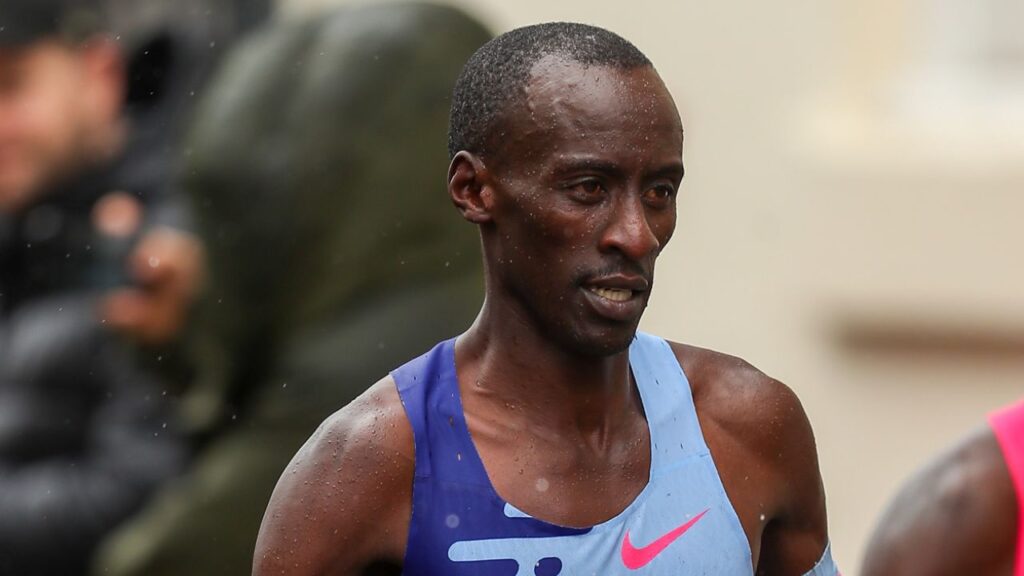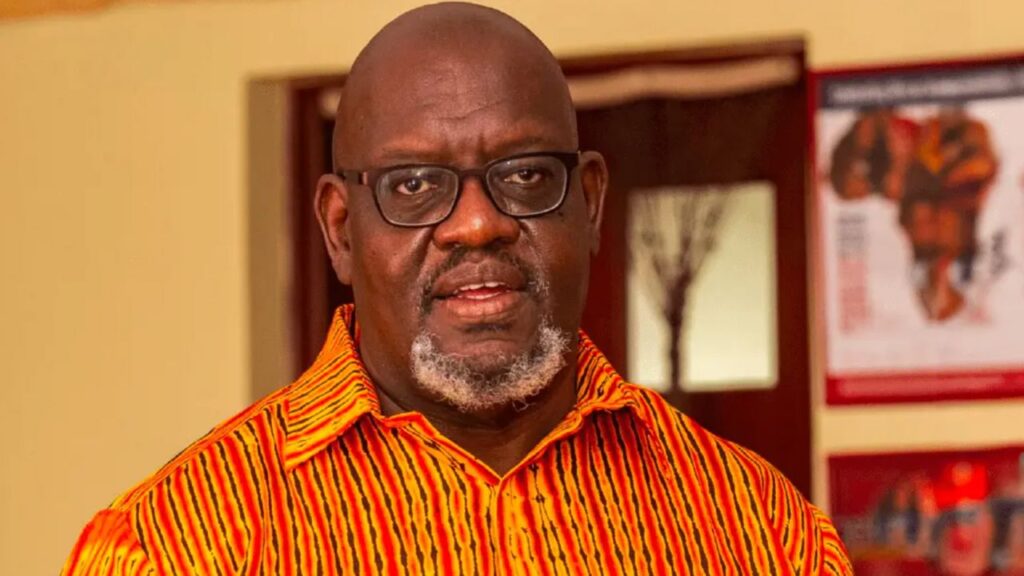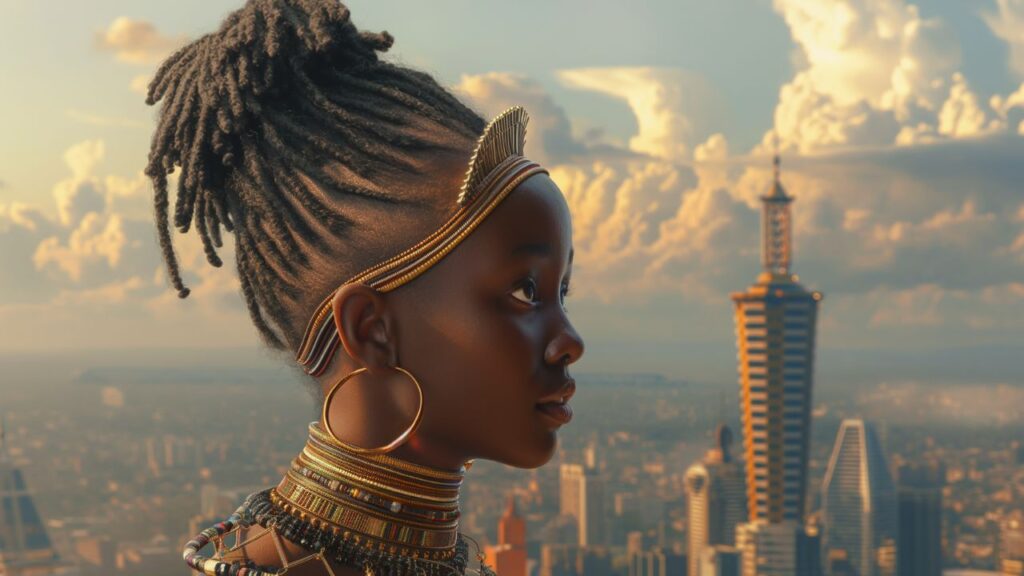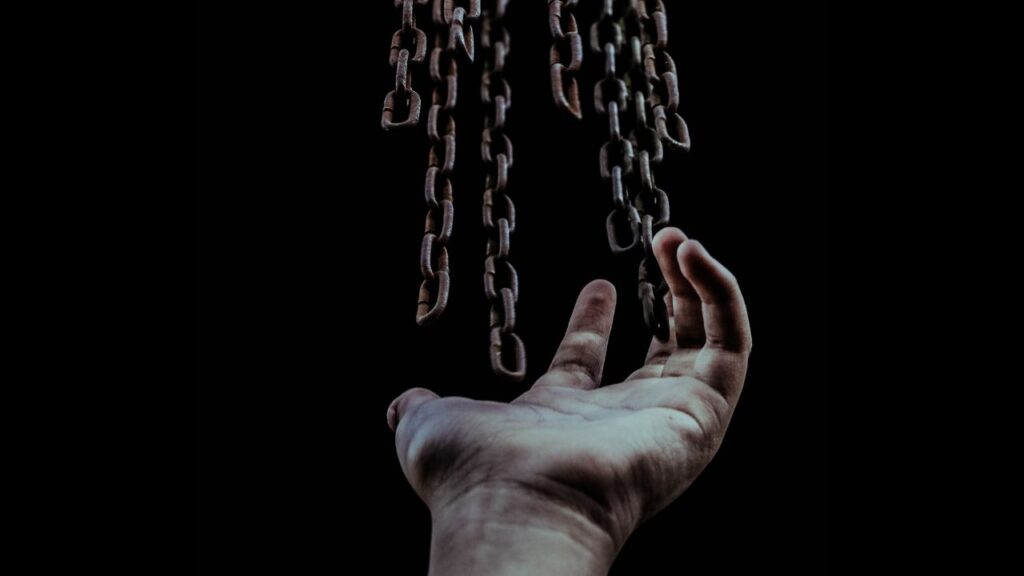The last time I had a conversation with Binyavanga Wainaina was in 2011 at the Washington DC launch of his book One Day I Will Write About This Place. I had just started my first semester in a creative writing graduate programme. It was a dream that had come true, in big part because of Binyavanga. Just a few years prior to this, I had just about given up on this idea that I would ever be a writer.
In 2005, after completing my undergraduate studies I had started working at Kwani Trust, first as an informal internship that grew into a fulltime job. For a while, this was the most exciting thing to happen in my life. I was working around writers I admired. Before getting this job, I had been stalking Kwani, attending their readings at Yaya Centre and at Paa ya Paa Art gallery. By the time, I came looking for this job I had read Kwani? 01 maybe twice, and Kwani? 02.
The first time I met Binyavanga, I had just followed my friend into a meeting with him. I sat there wondering why everyone was talking in such loud voices.
Kwani was many things – a literary journal, a monthly open mic, a writers’ collective, a physical space for creative people from all backgrounds in Nairobi to think and dream together. The Kwani office, at Queensway House, in the middle of Nairobi City, was a sublet space. It was part of a cyber café with old furniture, the kind of chairs that had to be sat on with care because they were falling apart. For practical reasons, not everyone could be in the office at the same time – there just wasn’t enough room.
When a colleague needed to have a meeting, some of us would have to vacate the space – we would sometimes go on “unnecessary” errands around town. Other times the cyber café needed its chairs back to deal with customer overflow. Still, not all these inconveniences, including the fact that the office had only two computers and a landline that had to be loaded with airtime from those Telkom cards, discouraged me. I knew from the get go that I was taking part in something big.
I was thrilled to be taking part in putting together the Kwani? 03 edition which was a work in progress. I spent days at the Kenya National Archives reading through old articles and advertising copy, looking through images of old editions Viva and Drum magazines from the 1960s to the 1980s, to find and compile images that would be included in the publication. On some days, work involved collecting a CD-ROM with edited drafts from one reviewer at one end of Nairobi and then taking it to another reviewer on another side of Nairobi. Entire days went like this. Other times I could not work because a writer’s handwritten story needed to use one of the computers to type it out.
Kwani Open Mic was a space where college students, med reps, advertising executives, retirees, musicians, actors, artists, filmmakers, lawyers and accountants, people from all kinds of professions participated in the readings and regular open mics. I was often amazed seeing people show up in dull office-wear after work, with hand written poems, sometimes not so good poems, that they wanted to read out to an audience of strangers. Some of them even carried a change of clothes just to look appropriate for their performances. Some got standing ovations.
I could see people working on their craft, rewriting and improving their stage presence, growing. One of my favourite memories is an open mic event where someone did an acoustic rendition of Kalamashaka’s Tafsiri Hii and just about the entire audience at Club Soundd joined in singing all the lyrics word for word. It was wondrous. When “Tafsiri Hii” came out in 1997, singing or rapping in Swahili and Sheng was something that was just so strange, something that was rejected in the mainstream. Here we were, years later singing this anthem.
It was maybe in August 2006, we had this staff meeting, including some writers whose work had been featured Kwani?, where Binyavanga shared the idea to host a literary festival in December. I felt lost when he and others present at the meeting listed names of famous and other unknown writers and editors to be invited. As with everything Binyavanga, it was very urgent, we had less than four months to prepare.
Here’s the thing. The latest Kwani? and other new titles were in the production pipeline to be printed in India for the first time, and launched at this festival. No one in the office had the expertise to handle the many event and travel logistics. A team was assembled; many of the volunteers who showed up were writers or artists themselves, all wanting to make a success of this literary festival. We had people coming from India, Uganda, Tanzania, Nigeria, Angola, Cameroon, Canada, the US. It was hectic – frantically working on programmes, seeking event sponsorships, pitching and sounding slightly off kilter using terms like literary landscapes and literary tourism. There were days spent pleading with the immigration department to waive visa fees or make it less complicated for the Africans not arriving from their home countries to attend the festival.
We hardly slept and somehow pulled something off. The writers came, Nairobi’s audiences showed up. There were gatherings in different places in Nairobi, it was a celebration and also included writing workshops. Binyavanga made the strong case to have Jack Nyadundo performing at Club Afrique where Malindi-based artist Richard Onyango shared his story published in Kwani? 01.
Jack Nyadundo’s distinct ohangla style was so different from what I imagined was the aesthetic we were creating. I did not see how this could work, and yet it did. For me it was a lesson in not being stuck in ideas of what is cool or what forms of expression are important. Bring everything. We sold many Richard Onyango prints that day. Doreen Baingana and Chimamanda Adichie headlined a poorly attended event at University of Nairobi. M.G. Vassanji got interviewed on KBC radio. There were writing workshops. The final leg of the festival was in Lamu, and when we got there, things thankfully slowed down, and the whirlwind ended with a public reading at the Lamu Fort. My colleague Mike Mburu and I often joked that it was as if we had gone through all of that drama to organise a friends’ get together. This was the general feeling.
These linkages had always existed but the Kenya I grew up in felt isolated from the rest of the continent and the world. Kenyan writers were dissidents who lived abroad. Art was something only weird people did. It certainly was not real work. Moi’s propaganda and my 8-4-4 education had been effective. Perhaps Binyavanga’s insistence that each individual had to be included showed us that Kwani Trust was not so much a pioneer, but another writing collective, maybe creating its own niche, maybe looking to be included in a much longer literary lineage. Femrite in Uganda, Chimurenga in South Africa and Farafina in Nigeria were also doing something similar. Transition started in Uganda and Black Orpheus in Nigeria, though now defunct, was a predecessor.
Before Kwani?, Pan Africanism in my mind had been something people had done to end colonialism on the continent. It was a weekly URTNA broadcast on KBC TV and serious meetings at the African Union Headquarters in Ethiopia. These gatherings, helped many artists who had been working in isolation find community both in Kenya and around the world, and people who could support and encourage them. I certainly found my people.
For me, a lot of it was the learning. The cover of Kwani? 03 has a quote from Shuka Mistari by the rapper Kitu Sewer,
“Badala ya aerial, ekeni sufuria niwapee food ya ubongo”.
I won’t translate this phrase from Sheng to English – it will lose the whole vibe. Suffice it to say, it is about food for the mind. This was true about Binyavanga as it was true about any edition of Kwani? You were going to learn something. I learnt about what Nyayo House torture chambers – not as a rumour, but as very recent Kenyan history of people with ordinary names and faces. I learned about David Sadera Munyakei, about Ukoo Flani’s work at Maono, about Enoch Ondego, about Jogga’s murals, about Joseph Muthee, about Bessie Smith, about Brenda Fassie, about St Kizito High school.
Here, the people and the stories, all that is beautiful, strange, sad, ugly, brave, and exciting about us, things we should not forget, were kept alive.
With Binyavanga, everything was urgent. Even when he was teaching in the US, his Kwani-related email correspondence often had the word URGENT in the first paragraph. I would know that Binya was back in Kenya not because he had been in touch but because of the surging phone calls, or people who came to the office looking for him. It was futile explaining that I didn’t know where he was or that Kwani Trust the organisation and Binya were separate entities. I probably came off sounding territorial or like a gatekeeper. Anyway, I probably suffered from this same affliction – the organisation and the individual had happened at the same time for me.

Leaving Kwani in late 2008, it felt like I had done three years of nonstop running. There had been many successes and loads of disappointment. I did not think I would ever write – having witnessed different cycles of the ever unpredictable and sometimes-brutal publishing process, I never wanted to risk sharing my messy first drafts. Or maybe this work had become my biggest excuse for not writing. In 2010 after lots of nudging, I emailed a draft of something I had written to Binyavanga. On the day he called with feedback, I was having one of those “Where are you nowadays?” conversations with an acquaintance at the car park in church. On the phone, Binyavanga was laughing that big laugh and sounded happy about what I had sent him. He said I needed to work on the edits. It was, of course, urgent. I hang up the phone and told the person I was talking to, feeling quite smug, that my editor had called and I needed to leave immediately. The piece was later published in Kwani? 06.
When I told him I wanted to go to graduate school, Binyavanga went the extra mile. He, alongside other writers I had met or worked with at Kwani helped me work on my applications. The support was overwhelming. Over the years I had seen Binyavanga link other writers with similar opportunities. If I had ever doubted it, in this instant I knew I was valued and cared for. This was the fresh start I needed.
I’m not sure why I never reached out to catch up with Binyavanga when I got back to Kenya in 2014. Parts of me wanted to make something of myself apart from my identity as of Kwani. Parts of me just never got over the ways I had felt swallowed at Kwani and the multiple ways we in this now much bigger vibrant writing community that nurtured my dreams have wounded and continue to harm each other. I want something else, not this.
When I think about Binyavanga’s YouTube series, “We must free our imagination”, I recognise how many of the responses to his public life, his homosexuality, and his death, are the same demonology he talks about in this series.
Binyavanga Wainaina set us on a path to do some very necessary and vital work. We have to free our imaginations.
Thank you Binya.








